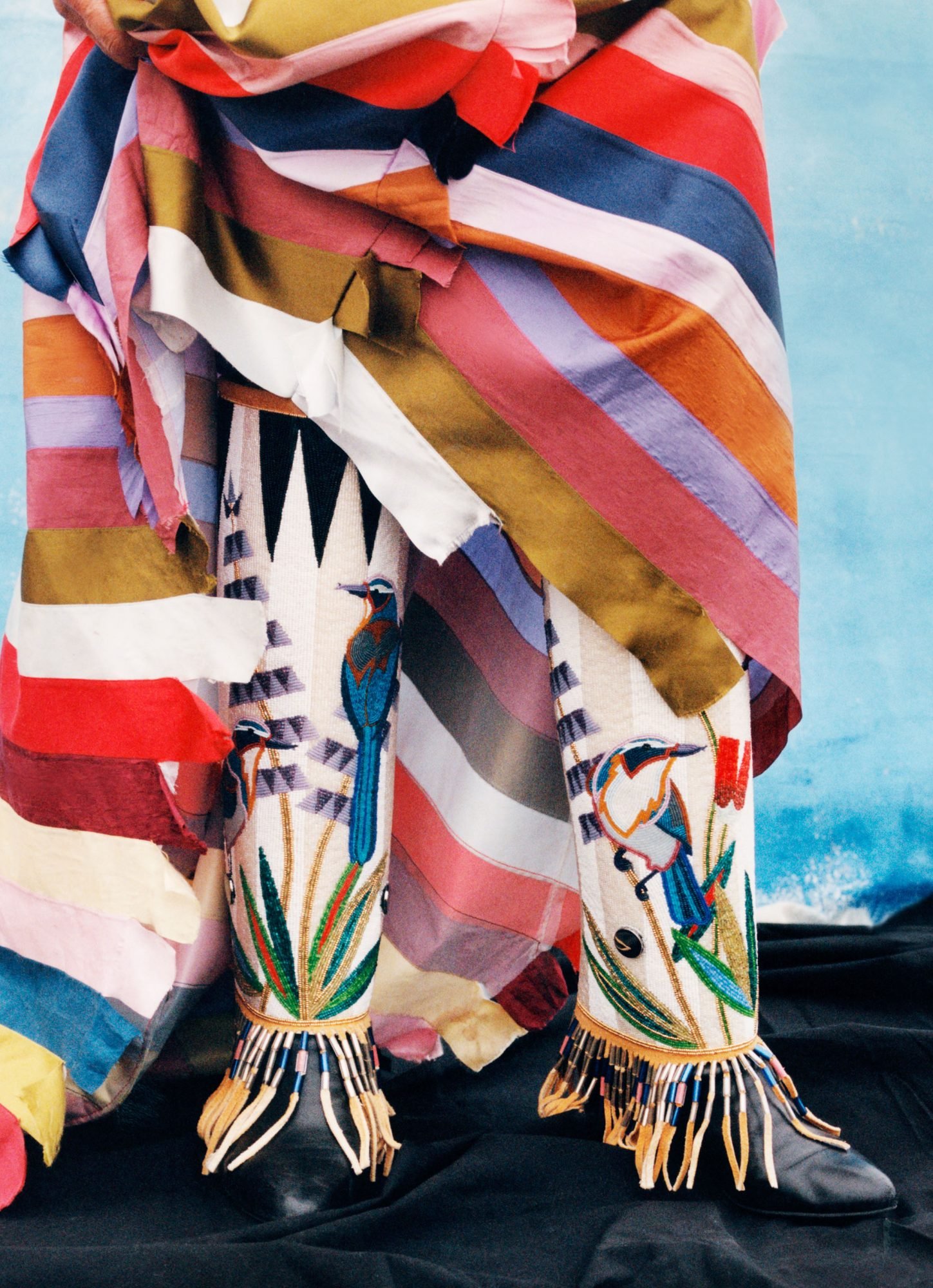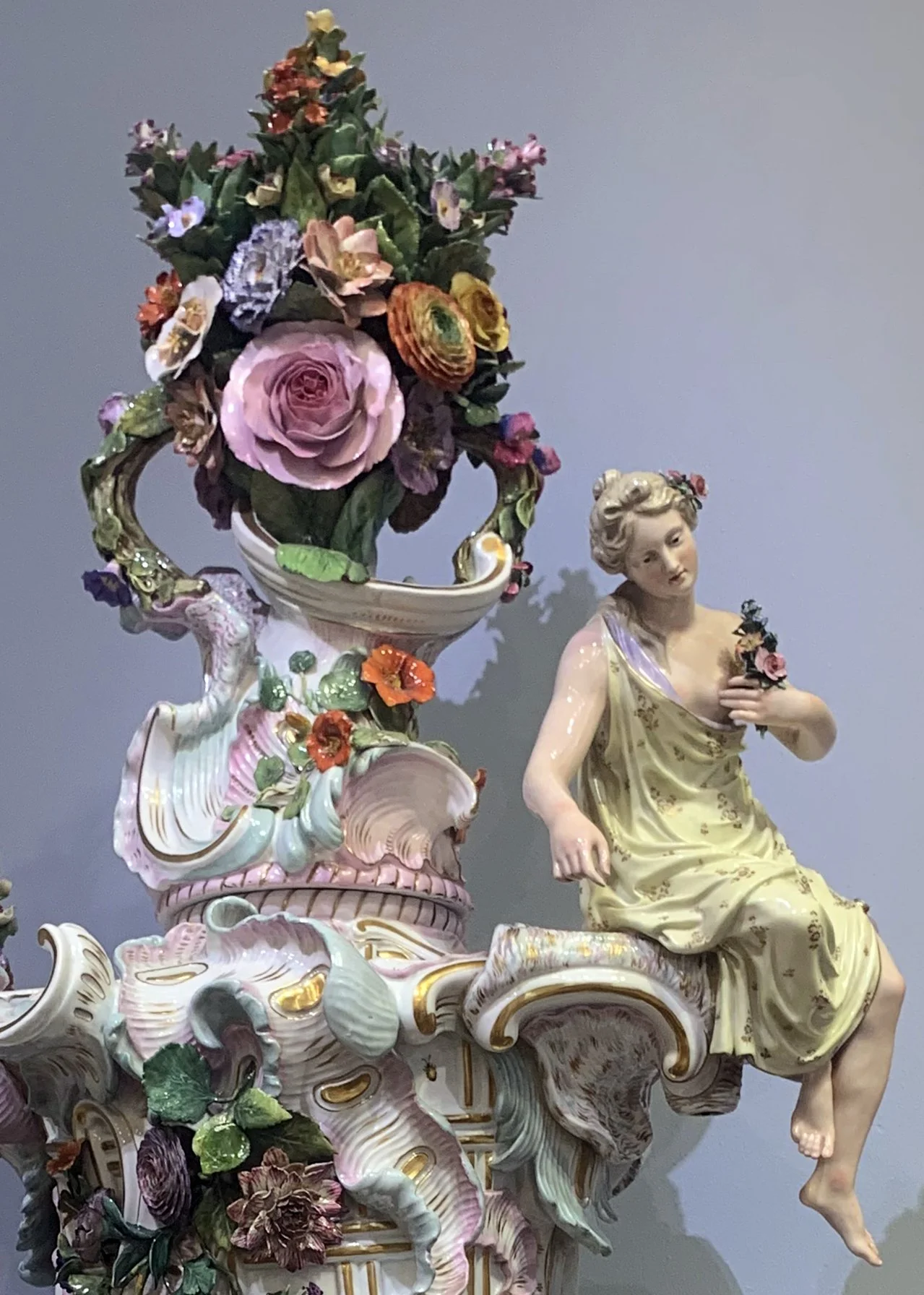Expanding definitions
Evolving esthetics of craft and handmade are increasingly impacted by the pressing issues of our time, including climate justice and brand capitalism. The New Politics of the Handmade: Craft, Art and Design (Bloomsbury, 2020), co-edited by Anthea Black and Nicole Burisch, proposes “craft as political discourse.” This claim privileges dialogue and engagement over the divisive political stagnancy in North American contemporary culture, most recently with regard to abortion rights and body autonomy. One section of The New Politics of the Handmade deconstructs craftivism (anti-capitalist forms of activism centring practices of craft) and craftwashing (branding strategies that often disguises mass production with handmade esthetics) by considering the political language inherent to craft and handmade processes. Black and Burisch’s book contains thoughtful writing on global handiwork, creative multivocal conversations, weaving and textile production, all at the intersection of race and gender.
Anthea Black and Nicole Burisch, “The New Politics of the Handmade: Craft, Art and Design.”, 2020.
Often, the most subversive craft techniques brilliantly reinforce traditional practices and materials. This lens situates craft as a practice of intersectional and intergenerational feminism — for instance, Nigerian clay moulding techniques and other matrilineal domestic practices.
Anthea Black is dedicated to such forms of preservation. Throughout their career as an artist and writer, their practice examines the handmade. And, much like contemporary artists and cultural workers who involve environmental justice in their practice — such as Hugo McCloud who “paints” with single use plastic bags — Black has turned toward the materiality of “waste” as inspiration in their studio work.
Writer, critic and educator Erica Cardwell interviewed Black for Studio over a series of emails. Together they considered rising trends in craft, differentiating between craft and handmade, and Black’s current projects, one of which involves documenting compost.
Anthea Black, Keep Queering the Syllabus, 2019, 16-page zine with hand stitched binding, letterpress on Mohawk Via with digital contents, commissioned by Stephanie Springgay for The Pedagogical Impulse Instant Class Kit, 19 x 11.4 cm. Photographer: Anthea Black, COURTESY OF THE ARTIST.
Erica Cardwell: How would you describe meaningful subversion as it relates to contemporary definitions of craft? I’m thinking of Catherine Boivin’s denim headdress (Ready to Wear, 2018) or Sylvain Rivard’s Wendat-style headdress "Bingo Chief."
Sylvain Rivard alias Vainvard and Tahatie Montour, BINGO CHIEF (Wendat-style Headdress for Guy Sioui Durand performance), 2019. Used bingo cards, ribbon, glass beads and cardboard, 21 x 38 cm. Photo credit: Louis Daniel Vallée. COURTESY OF THE ARTIST.
Anthea Black: Thank you for this question. For me, seeing Deb Haaland, as U.S. Secretary of the Interior, wear a beaded bag by Choctaw artist Hollis Chitto was meaningfully subversive! Chitto beads these beautiful flows of blood over their bags to start conversations on the impacts of HIV in Indigenous communities. As a Canadian living in the U.S. I feel so politically overwhelmed and disgusted, but this moment made me take note. Not because the objects alone are politically charged, but because Haaland told a centuries-long story with them, and she didn’t even have to speak. Haaland wore garments by fashion designer Jaime Okuma and jewellery by several different artists.
Adornment can be armour, protection, transformation, joy, code, story and survival all together on the body. I experience this through queer forms of style, and to some degree through my Ukrainian ancestry. But really, the range of powerful associations we can access in our clothing and jewelley is universal.
Deb Haaland wearing a Jamie Okuma skirt and boots: Peep, 2021. Antique glass beads, brain-tanned deer hide, and vintage basket beads on Casadei boots. 52 x 21.5 x 12 cm (each). Photo: Camila Falquez/Thompson. Courtesy of the Hood Museum of Art.
This article is an excerpt and and is available in full in the Fall/Winter 2022 issue of Studio Magazine.










